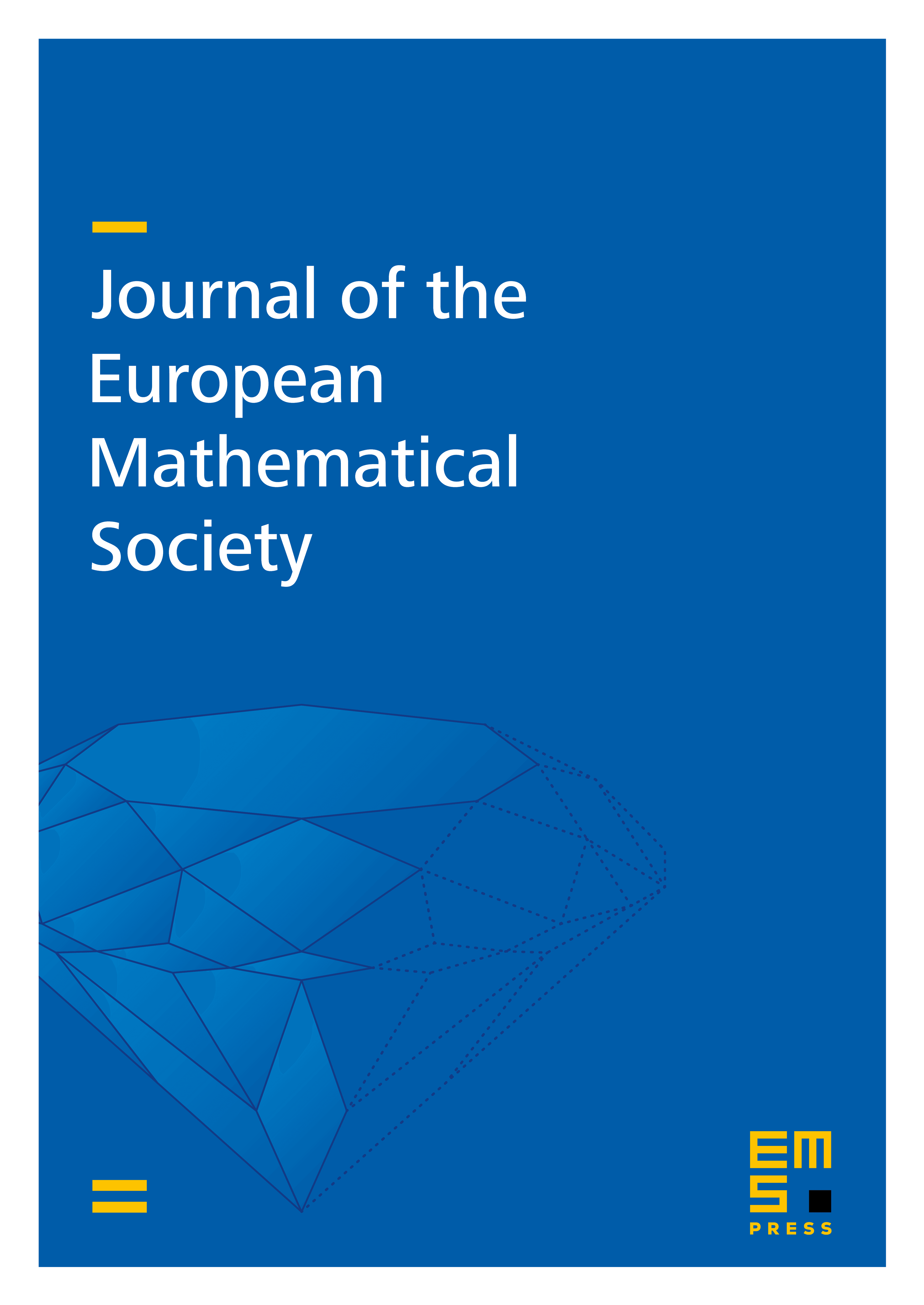Special unipotent representations of real classical groups: Counting and reduction
Dan Barbasch
Cornell University, Ithaca, USAJia-Jun Ma
Xiamen University, Xiamen, P. R. China; Xiamen University Malaysia, Sepang, MalaysiaBinyong Sun
Zhejiang University, Hangzhou, P. R. ChinaChen-Bo Zhu
National University of Singapore, Singapore, Singapore

Abstract
Let be a real reductive group in Harish-Chandra’s class. We derive some consequences of the theory of coherent continuation representations to the counting of irreducible representations of with a given infinitesimal character and a given bound of the complex associated variety. When is a real classical group (including the real metaplectic group), we investigate the set of special unipotent representations of attached to , in the sense of Arthur and Barbasch–Vogan. Here is a nilpotent adjoint orbit in the Langlands dual of (or the metaplectic dual of when is a real metaplectic group). We give a precise count for the number of special unipotent representations of attached to . We also reduce the problem of constructing special unipotent representations attached to to the case when is analytically even (equivalently for a real classical group, has good parity in the sense of Mœglin). The paper is the first in a series of two papers on the classification of special unipotent representations of real classical groups.
Cite this article
Dan Barbasch, Jia-Jun Ma, Binyong Sun, Chen-Bo Zhu, Special unipotent representations of real classical groups: Counting and reduction. J. Eur. Math. Soc. (2025), published online first
DOI 10.4171/JEMS/1609